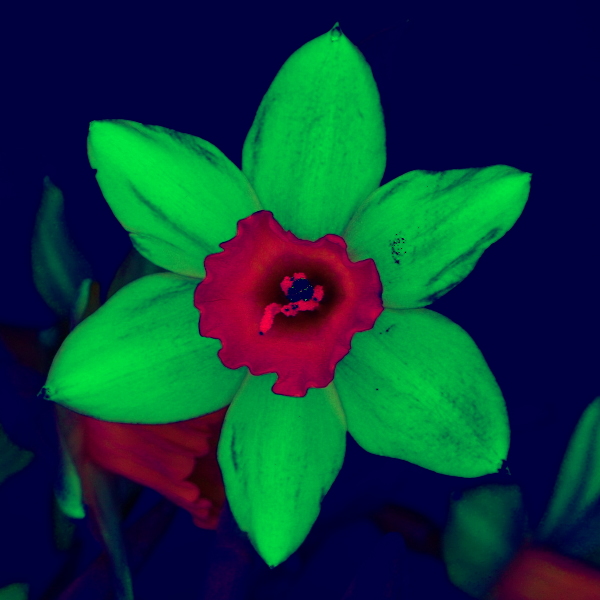My first UV tries date back a few years, actually (2013). This may explain the peculiar choice of camera. At the time, SLRs were not always practical , as not all of them had live view, which would be necessary to focus. At the time, your blog also discussed how some sensors were almost blind to UV. So I reasoned I needed a P&S with a particular sensor. I chose a Sigma DP-1, which was sold out for cheap and removed the IR filter. I use it as an IR camera from time to time and infrequently as an UV camera.
The foveon sensor has the advantage that IR images can also show real colours, somewhat "IR ektachrome" style. It has the inconvenient that the processing software is limited and that the base resolution is somewhat lacking. It is reasonably sensitive to UV, the images above were taken handheld at 1/15s. The ergonomics are disastrous for UV, as the built-in screen is difficult to see in bright sunlight.
I planed to eventually get a Sigma SLR (a SD1 Merrill would be perfect for IR), but never found one at a price I was willing to pay. And purely for UV, a SD quattro would probably be just as good and cheaper.




